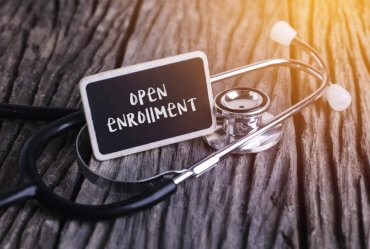
California lawmakers are moving forward with new laws that will regulate the testing and actual operation of autonomous or self-driving cars. The Department of Motor Vehicles (DMV) regulations, to be finalized in the spring of 2014, would direct testing procedures that manufacturers use to develop the cars. Senate Bill 1298 (SB 1298) requires the DMV to adopt regulations related to the testing and use of autonomous vehicles on public roadways no later than January 1, 2015. California’s requirements address insurance, safety, reporting of road-test results, and other issues.
An autonomous car is capable of recognizing its surroundings with such techniques as radar, GPS, and computer vision and navigating without human input. Over the past several years, individual advanced driver assistance features such as collision avoidance technology, including blind spot assistance, adaptive cruise control, lane departure warning systems and traffic jam assistance have been available in luxury vehicles.
A new report by Navigant Research projects that by 2035, more than 95 million self-driving cars will be sold worldwide annually. The industry consensus is that autonomous driving will be readily available by 2020, but substantial challenges involving liability and legislation still exist. The accelerated development of technology to support autonomous vehicles is here now, just waiting for legal issues to be agreed upon.
SB 1298 – Look Ma, No Hands
SB 1298 established several definitions for Autonomous Vehicles to be added to the Vehicle Code. Among them are:
- “Autonomous technology” means technology that has the capability to drive a vehicle without the active physical control or monitoring by a human operator.
- “Autonomous vehicle” means any vehicle equipped with autonomous technology that has been integrated into that vehicle. An autonomous vehicle does not include a vehicle that is equipped with one or more collision avoidance systems, such as electronic blind spot assistance, automated emergency braking systems, park assist, adaptive cruise control, lane keep assist, lane departure warning, and traffic jam and queuing assist.
- An “operator” of an autonomous vehicle is the person who is seated in the driver’s seat, or if there is no person in the driver’s seat, causes the autonomous technology to engage.
- A “manufacturer” of autonomous technology is the person that originally manufactures a vehicle and equips autonomous technology on an originally completed vehicle or, in the case of a vehicle not originally equipped with autonomous technology by the manufacturer, the person that modifies the vehicle by installing autonomous technology to convert it to an autonomous vehicle after the vehicle was originally manufactured.
Regulations Development
As required by SB 1298, DMV will adopt regulations that establish the requirements for:
- Submission of the evidence of insurance, surety bond, or self-insurance required for manufacturers’ testing of autonomous vehicles.
- Submission and approval of the application to operate an autonomous vehicle beyond testing, including any testing, equipment, performance standards, or safety standards.
Over the past several years, individual advanced driver assistance features such as collision avoidance technology, including blind spot assistance, adaptive cruise control, lane departure warning systems and traffic jam assistance have been available in luxury vehicles.
Still to be determined are the human users’ limits of responsibility. Are they required to be ready to take over driving if the need arises? If not, are they restricted from certain activities inside, or outside, their vehicle? According to Nevada law, the person who instructs a self-driving vehicle to drive becomes its driver. Although that person is allowed to send text messages, they are prohibited from “driving” drunk— if they are legally drunk, they aren’t allowed to get behind the wheel of a self-driving car and tell it, “take me home.”
Clearly, the legal and liability issues concerning self-driving vehicles will impact car insurance regulations as well. Will your auto insurance company require additional coverage on your vehicle? Guess we’ll just have to wait and see.
If you’d like to make your voice heard, you can comment on autonomous vehicle testing regulations at LRegulations@dmv.ca.gov. The DMV will also hold a public hearing on the matter on Jan. 14, 2014, in the Assembly Room at DMV’s headquarters in Sacramento. The hearing will also be webcast.



